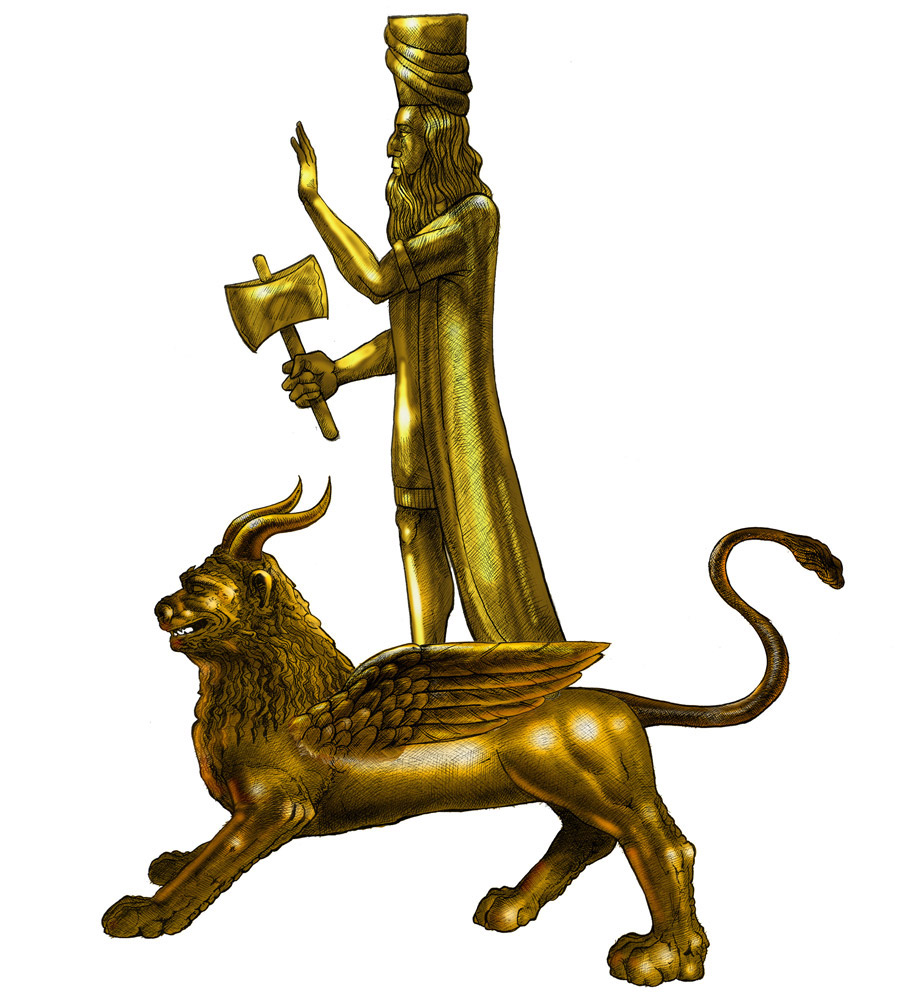
The third possibility would identify it as a part of a monument dedicated to Sandon, patron deity of the city of Tarsus in Cilicia.
We know that up to the 3rd century AD, there was an impressive monument at Tarsus in which Sandon was represented in an upright position on a winged lion. One might therefore assume that the Lion of St. Mark was originally a lion-headed griffin produced during the Early Eastern Hellenistic period between the late 4th and early 3rd century BC.










